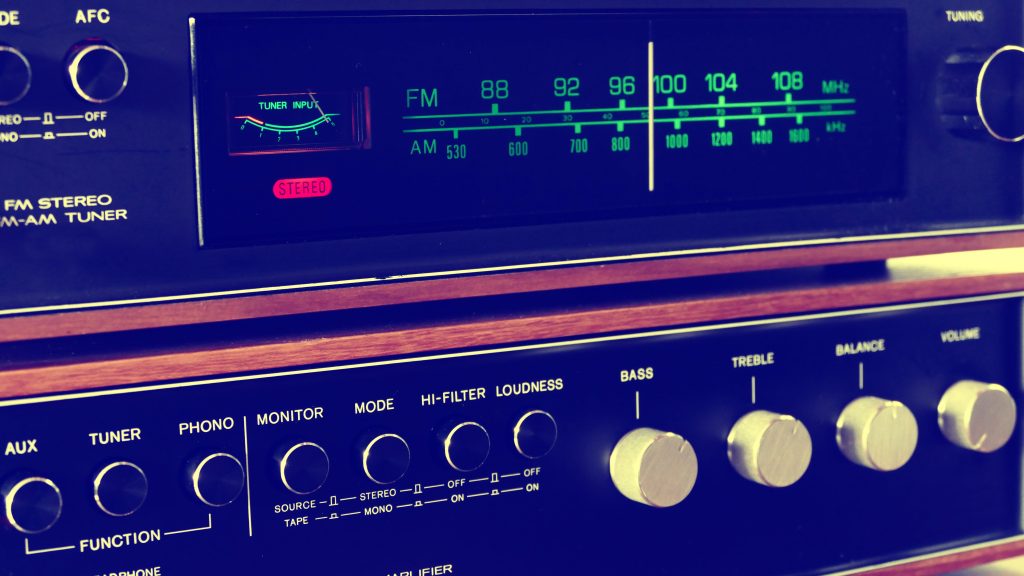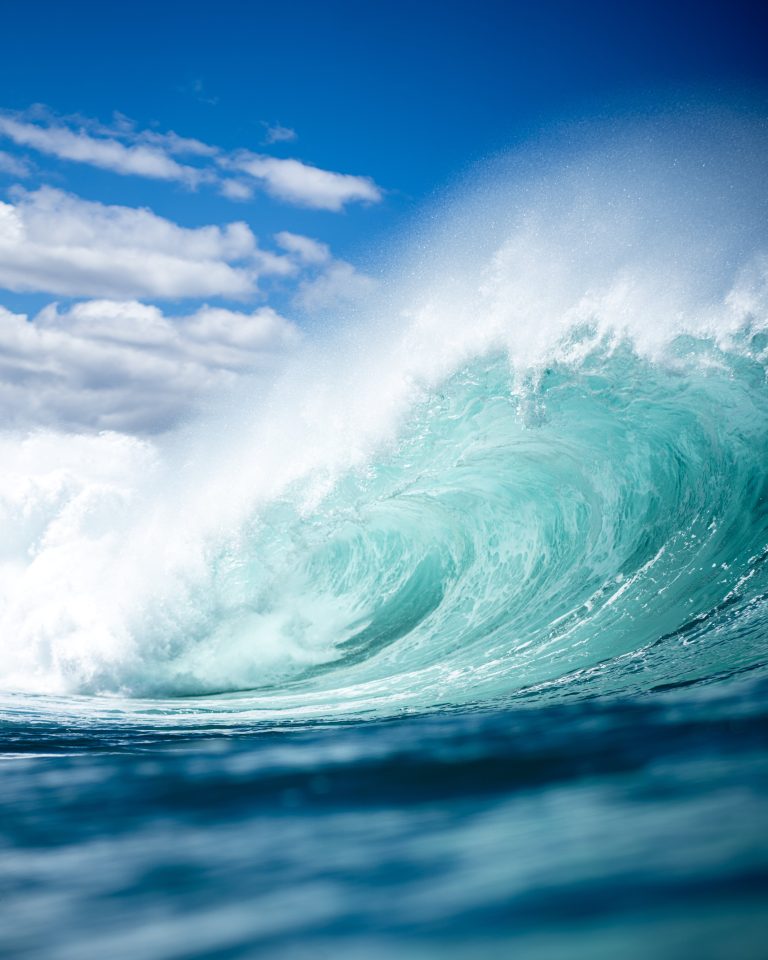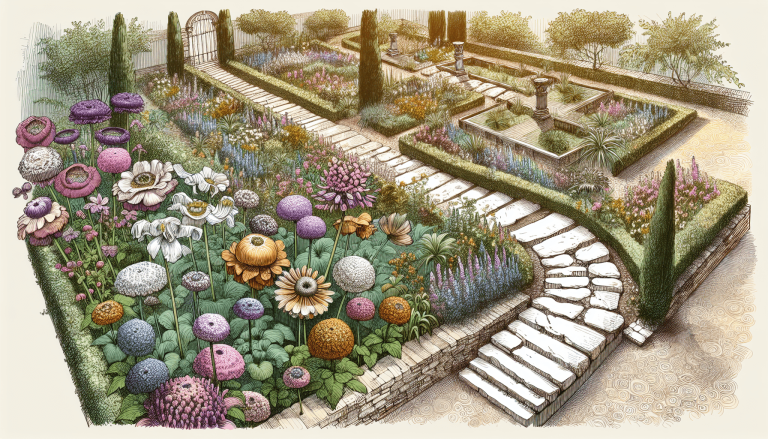Are you a proud plant parent in the UK? With the ever-changing climate, it can be tricky to determine just how often you should be watering your garden. Finding the perfect balance can be a bit daunting, but fear not! In this article, we’ll explore some helpful tips and guidelines to ensure your garden thrives in the UK climate. So grab your watering can and let’s get started!
Table of Contents
ToggleFactors to Consider
Soil Type
The type of soil in your garden plays a crucial role in determining how often you need to water your plants. Sandy soils drain water quickly and tend to dry out faster, requiring more frequent watering. On the other hand, clay soils retain water for longer periods, meaning you may not need to water as frequently. It’s important to understand the composition of your soil to tailor your watering schedule accordingly. Consider conducting a soil test to determine the percentage of sand, silt, and clay in your soil, as this will give you a better understanding of its water-holding capacity.
Plant Type and Stage
Different types of plants have varying moisture needs. For instance, flowering plants and vegetables generally require more water compared to established shrubs or trees. Additionally, the stage of growth also affects a plant’s water requirements. New seedlings and transplants often need more frequent watering to establish their root systems. As plants mature, their roots extend deeper into the soil and become more efficient at absorbing moisture. It’s crucial to research the specific watering needs of the plants in your garden to ensure they thrive.
Weather Conditions
The weather conditions in your region greatly impact the frequency of watering. Hot and dry weather conditions accelerate the evaporation of water from the soil, demanding more frequent watering. On the other hand, periods of rain may reduce the need for additional watering. It’s important to monitor the weather forecast and adjust your watering schedule accordingly. During prolonged dry spells, you may need to increase the frequency and duration of your watering to prevent drought stress in your plants.
Time of Day
The time of day you choose to water your garden can also affect the efficiency of water usage. Watering during the early morning or late evening is generally recommended as it allows the water to penetrate the soil before the heat of the day causes excessive evaporation. Avoid watering during the hottest part of the day as this can lead to water loss through evaporation, reducing the effectiveness of your watering efforts. By watering at the optimal time, you can ensure that your plants receive the maximum benefit from each watering session.
Determining Moisture Needs
Checking Soil Moisture
One of the simplest ways to determine if your plants need watering is by checking the moisture level of the soil. Insert your finger or a soil moisture probe about two inches into the soil near the base of your plants. If the soil feels dry at that depth, it’s an indication that watering is required. However, if the soil feels moist, it’s better to hold off on watering until it dries out a bit. It’s important not to rely solely on the surface appearance of the soil, as it can be misleading. By getting your hands dirty and checking the soil moisture, you can ensure that you are providing water only when necessary.
Estimating Water Needs
If checking the soil moisture levels isn’t enough, you can estimate the water needs of your plants based on their specific requirements. Different plants have different tolerances to dryness and may show signs of stress when not watered adequately. Research the specific watering needs of the plants in your garden and consider factors such as their size, growth stage, and environmental conditions. By understanding their individual needs, you can create a watering schedule that caters to the specific requirements of each plant, ensuring they receive the right amount of moisture.
Watering Techniques
Drip Irrigation
Drip irrigation is a popular and efficient watering technique that delivers water directly to the roots of plants. This method involves using small tubes or emitters that slowly release water into the soil near the base of each plant. Drip irrigation ensures that water is delivered where it’s needed the most, minimizing evaporation and water waste. It’s a great choice for gardens with plants that have different watering needs as you can easily adjust the water flow to accommodate specific requirements. Drip irrigation also helps to prevent weed growth by keeping water away from the areas between plants.
Sprinkler Systems
Sprinkler systems are commonly used to water larger areas, such as lawns or flower beds. They distribute water over a wide area using a rotating or oscillating mechanism. Sprinklers are effective at evenly covering large spaces and can be automated with timers for convenience. However, sprinklers may not be the most efficient method for watering plants with delicate foliage as the water can cause damage or encourage disease. It’s essential to choose the right type of sprinkler and adjust it properly to avoid excessive water wastage and ensure your plants receive adequate moisture.
Hand-watering
Hand-watering is a traditional method that allows you to have direct control over the amount of water each plant receives. This method involves using a hose with a watering wand or a watering can to water plants individually. Hand-watering is ideal for small gardens or container plants where precision is important. It gives you the opportunity to visually inspect your plants while watering and provides a more personalized touch. However, it can be time-consuming, especially for larger gardens, and may require more effort on your part.
Watering Frequency
Establishing New Plants
When you first plant new seedlings or transplants, it’s crucial to establish their root systems by providing frequent and consistent moisture. Water newly planted items every day or every other day for the first couple of weeks to ensure they have enough water to establish themselves. Keep an eye on the soil moisture and adjust your watering schedule if necessary. As the plants start to develop strong roots, gradually reduce the frequency of watering to encourage them to search for moisture deeper in the soil.
Established Plants
Once your plants have become established, they generally require less frequent watering. Established plants have developed extensive root systems that can access water stored deeper in the soil. As a general rule, water your established plants deeply and thoroughly once a week, allowing the water to penetrate at least six inches into the soil. This encourages the roots to grow deeper, making your plants more resilient to drought conditions. However, always adjust your watering schedule based on specific plant needs and the prevailing weather conditions.
Vegetable Gardens
Vegetable gardens often require more frequent watering due to their high water demands. The shallow root systems of most vegetable plants make them more susceptible to drying out quickly. Water your vegetable garden when the top inch of soil feels dry to the touch. It’s important to provide a consistent moisture level throughout the growing season to promote healthy plant growth and maximize yields. Consider using mulch around your vegetable plants to help retain moisture and minimize weed growth, further reducing the frequency of watering.
Lawns
Maintaining a lush and vibrant lawn requires adequate watering, but it’s important to water efficiently while conserving water. Most lawns need around an inch of water per week, including rainwater. Water your lawn deeply and infrequently to encourage deep root growth. This can be achieved by watering for longer durations less frequently, rather than applying smaller amounts more frequently. Water early in the morning to reduce evaporation, minimize the risk of disease, and allow the grass blades to dry before nightfall. Adjust your watering schedule based on local weather conditions and signs of lawn stress.
Water Conservation Tips
Mulching
Mulching is a simple yet highly effective technique that helps conserve water in your garden. By applying a layer of organic mulch around your plants, you can reduce evaporation, suppress weed growth, and regulate soil temperature. Mulch acts as a protective barrier, trapping moisture in the soil and reducing the need for frequent watering. Organic materials such as straw, wood chips, or shredded leaves make excellent mulches and also enrich the soil as they break down. Apply a two to three-inch layer of mulch around your plants, taking care to leave some space around the base of the plant to prevent moisture-related issues.
Using Rainwater
Making use of rainwater is an eco-friendly and cost-effective way to water your garden. Collecting rainwater in barrels or water butts allows you to have a readily available supply of water for your plants. Set up rainwater collection systems near your downspouts or in open areas where rainfall is concentrated. Use this collected water to irrigate your garden during dry periods instead of relying solely on tap water. Rainwater is free from chemicals and naturally filtered, making it an ideal choice for watering your plants. Be sure to use the collected water within a reasonable time frame to prevent stagnant water or mosquito breeding.
Avoiding Overwatering
Overwatering is a common mistake that not only wastes water, but also harms plants by suffocating their roots and promoting disease. Water your plants only when they need it, based on the factors we have discussed. Monitor soil moisture levels, check for signs of wilting, and adjust your watering schedule accordingly. Remember that it is better to underwater than overwater. Instead of providing small amounts of water multiple times a day, water deeply and less frequently to encourage the roots to search for moisture deeper in the soil. Applying mulch can also help prevent overwatering by reducing evaporation.
Signs of Underwatering
Wilting
When plants do not receive enough water, they often wilt as a sign of stress. Wilting is a common indicator that your plants need watering. Check the soil moisture levels and increase the frequency or duration of watering if necessary. However, it’s important to differentiate between wilting caused by a lack of water and wilting caused by other factors such as heat or disease.
Dry Soil
Underwatered plants often have dry soil. If the top layers of soil feel dry to the touch, it indicates that your plants need water. However, it is important to note that moisture levels may vary depending on the type of plant and soil composition. Check the moisture levels deeper in the soil to get a more accurate understanding of your plant’s needs.
Stunted Growth
Insufficient water can lead to stunted growth in plants. If you notice that your plants are not growing as they should, it may be due to a lack of water. Stunted growth is often accompanied by pale or yellowing leaves. By increasing the frequency and amount of watering, you can promote healthy growth in your plants.
Signs of Overwatering
Yellowing Leaves
Overwatered plants may exhibit yellowing leaves as a result of nutrient deficiencies. When the soil is consistently saturated with water, it can cause damage to the roots and hinder nutrient uptake. The lack of oxygen in waterlogged soil also contributes to yellowing leaves. If you notice yellowing leaves despite regular watering, it may be an indication of overwatering.
Soggy Soil
Overwatered plants often have saturated and waterlogged soil. If the soil feels excessively wet and muddy to the touch, it’s a sign that you may be overwatering your plants. Soggy soil prevents roots from accessing oxygen, leading to root rot and other issues. Adjust your watering schedule to allow the soil to dry out before watering again.
Root Rot
Root rot is a common problem caused by overwatering. When the roots are constantly submerged in water, they become vulnerable to fungal infections that can lead to root rot. Check the roots of your plants for signs of rot, such as a foul smell or mushy texture. If you suspect root rot, reduce the frequency of watering, improve drainage, and consider adjusting your soil composition.
Dealing with Drought
Watering Restrictions
During periods of drought, water usage may be restricted in certain regions. It’s important to stay informed about any watering restrictions in your area and comply with the guidelines. Watering restrictions help conserve water resources and ensure fair distribution during times of scarcity. Adjust your garden watering schedule to make the most of the permitted watering times and explore alternative water sources such as rainwater harvesting.
Choosing Drought-Tolerant Plants
One way to mitigate the impact of drought is to select plants that are naturally adapted to arid conditions. Drought-tolerant plants have developed mechanisms to survive long periods of dryness and require less water compared to other varieties. Examples of drought-tolerant plants include succulents, lavender, sedum, and yarrow. Incorporating these plants into your garden not only helps conserve water but also creates a beautiful and resilient landscape.
Garden Watering Calendar
Spring
In the spring, the weather is typically milder, and plants are emerging from their winter dormancy. Watering needs are generally lower during this time, but it’s important to monitor the soil moisture as some plants may require occasional watering. Newly planted spring bulbs and perennials should be watered thoroughly after planting, followed by regular deep watering every few days until they establish their root systems.
Summer
Summer is the season of high water demand for many plants, especially those in full sun. Watering needs are typically highest during this time, so pay extra attention to your garden’s moisture levels. In hot and dry conditions, you may need to water deeply and more frequently to prevent drought stress in your plants. Early morning or late evening watering is especially important during the summer to minimize evaporation and allow plants to absorb the water effectively.
Autumn
Autumn is a transition period as the weather begins to cool down. During this season, plants gradually enter their dormant phase, and their watering needs decrease. As temperatures drop and rainfall becomes more frequent, you may need to water less frequently. However, it’s important to continue monitoring soil moisture levels, especially for newly planted items, to ensure they receive adequate moisture before the winter sets in.
Winter
In the winter, plants generally require less watering due to reduced growth and dormancy. However, if your region experiences long periods without rainfall, you may still need to provide supplemental watering. Newly planted or established plants may benefit from occasional deep watering to prevent root damage caused by extended periods of dryness. Be mindful of freezing temperatures and adjust your watering schedule accordingly.
Conclusion
Watering your garden effectively involves considering various factors such as soil type, plant type, weather conditions, and time of day. By understanding the moisture needs of your plants and utilizing appropriate watering techniques, you can promote healthy growth while conserving water. Regularly check soil moisture levels, adjust your watering schedule as necessary, and be mindful of signs of underwatering or overwatering. By implementing water conservation strategies, such as mulching and utilizing rainwater, you can further reduce your garden’s water consumption. With proper care and attention, your garden will flourish and provide you with a beautiful and sustainable outdoor space.









